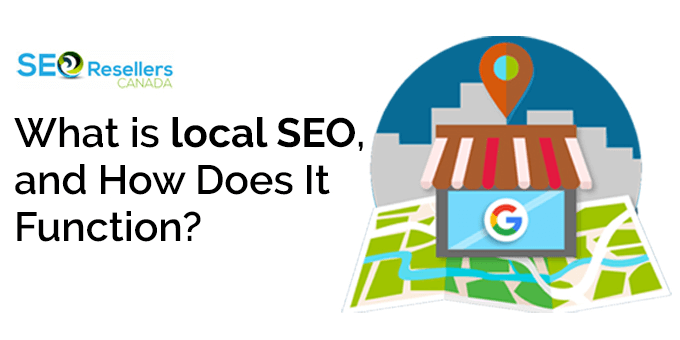Even in 2025, SEO still remains one of the best methods of promoting your business online. Hence, businesses invest heavily to implement a successful SEO strategy. But how much you pay relies on certain requirements, like the size of your site or how competitive your niche is. There are also other things like who you hire and what you require.
Moreover, the majority of the companies get good value out of their SEO investment. Therefore, to maximize your SEO performance, read the following blog to understand the minute details of the matter. Plus, with this information, you will be able to set up a reasonable budget and a successful SEO campaign for your business.
1- What Motivates SEO Pricing in 2025?
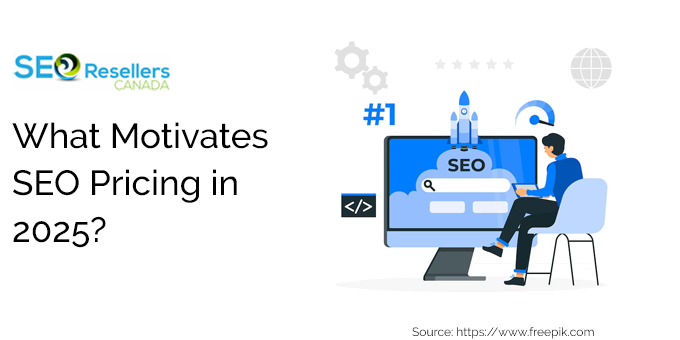
SEO prices vary widely in 2025. Based on research done by Backlinko, most businesses pay between $1,000 and $2,500 per month, but prices range from small $500 retainers to high-end $50,000+ per month investments.
Here are several important variables that influence what you’ll pay:
1.1- Site size and complexity
Large websites with many pages take more time and effort to optimize, so they usually cost more to manage properly.
1.2- Industry competition
If your industry has strong competition, like law or finance, you’ll likely need a bigger budget to succeed.
1.3- Provider experience
SEO professionals with over seven years of experience charge higher rates because they work faster and usually deliver better, long-term results.
1.4- Scope of service
Basic SEO services, such as simple on-page corrections, cost less than multi-service packages covering content, links, and technical optimization.
The location also has an important impact. US-based SEO providers will normally charge 3-5 times higher than those in emerging economies. This disparity in prices stems from differences in operating expenses, market prices, and perceived value of expertise.
Also, the price-value relationship is not always linear. While small neighborhood businesses may pay less than $500 per month for minimal services, big corporations in competitive sectors tend to have their best ROI at $5,000+ per month expenditure levels.
2- Are You Getting Value from Your SEO Investment?

Most companies believe their SEO investment is worthwhile. In a Neil Patel survey, just 1.6% of participants believed they were not receiving good value from their investment. This high level of satisfaction indicates that when executed correctly, SEO produces significant business outcomes.
The most effective method to quantify SEO value is by using tangible metrics. So, monitor your:
- Organic traffic increments
- Organic visitor conversion rates
- Keyword ranking gains
- Direct revenue from organic search
Real-world results are worth thousands of words. According to Backlinko, Hunter Talent Agency from Australia invested $1,500 per month in SEO for five years. In that time, they increased from 232 visitors per month to more than 6,200 – a 2,610% change. More significantly, that traffic generated around $3.8 million in extra revenue compared to a $96,000 total investment. That is an astonishing 4,122% return!
3- Hidden Costs to Watch For
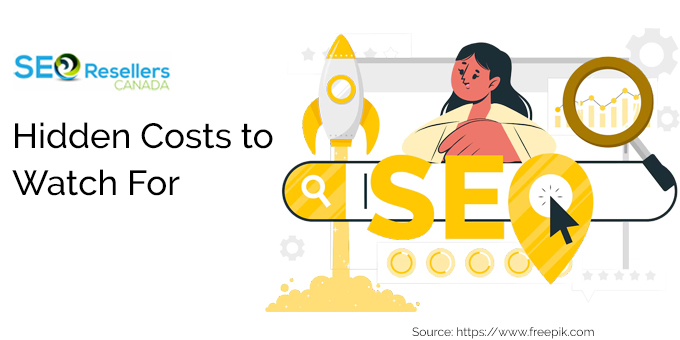
Aside from your SEO provider’s cost, some hidden expenses tend to surprise businesses as well. Therefore, prepare yourself to be quite hands-on.
The time that you invest is not billed but is still crucial. Most SEO campaigns need your input through strategy sessions, content approval, and sharing of industry expertise. Even with expert service providers, allocate a few hours a week for these activities, particularly at the start of your campaign.
Also, any technical fixes that you need from developers usually lie outside of the typical SEO packages. So, when your consultant suggests technical enhancements such as site speed optimization or implementation of schema markup, someone still has to do this work. In that case, if your package excludes development work, this becomes an added cost.
Moreover, content creation can also significantly impact your budget if not included in your SEO package. Plus, quality content that ranks well isn’t cheap – whether you create it in-house or outsource it.
4- DIY vs. SEO Agency: What's the Real Cost Difference?
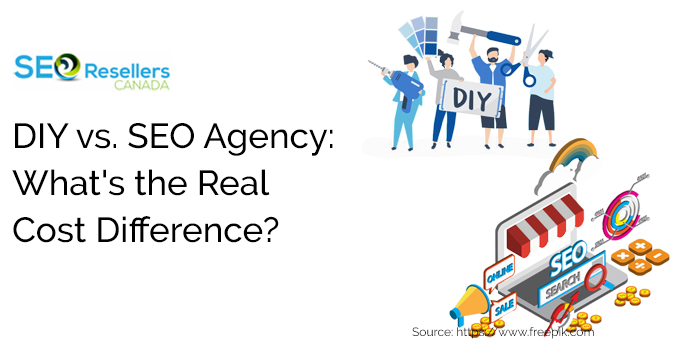
Companies hire outside SEO help for various practical reasons. Based on a survey by Neil Patel, the top motivations include:
- Lack of internal expertise (36.4%)
- Need to launch campaigns quickly (23.8%)
- Insufficient internal resources (17.2%)
- Reduction of costs (14.8%)
In finding outside help, companies have three general options. Each has specific price considerations:
4.1- Freelancers
They’re an ideal option for companies with tight budgets who require assistance in simple SEO projects. Plus, they don’t require any long-term commitments or grand strategies.
4.2- Consultants
These experts suit companies investing $1,000–$2,500 per month who need professional direction. They offer hands-on assistance in building traffic and enhancing exposure.
4.3- Agencies
An SEO agency is ideal for businesses spending $10,000+ per month. This is because they usually offer complete SEO coverage, such as content, strategy, and link building.
Most businesses (37.4%) employ a combination of these providers depending on particular needs. For example, they may engage an agency for strategy, a technical SEO consultant, and freelancers for content creation.
While DIY SEO may cost less initially, the learning process is time-consuming and steep. Most companies have found that SEO outsourcing is a much better option when considering the time saved and better results produced by experienced specialists.
5- How Payment Models Influence Pricing for SEO
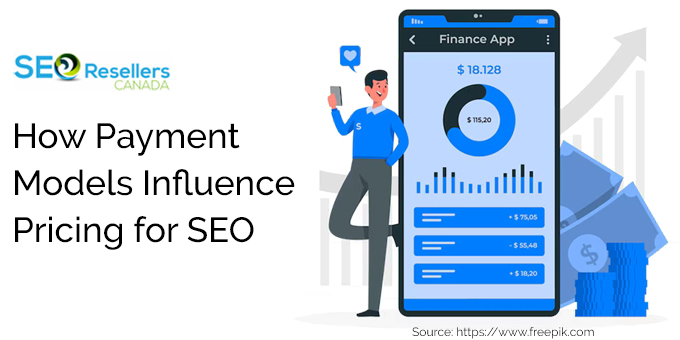
The method by which you compensate for SEO work has a powerful influence on both cost and the perception of value. Providers mostly employ four main pricing models:
5.1- Monthly Retainers: Most Prevalent on All Budget Levels
Monthly retainers are generally preferred by businesses since they provide regular support and continuous services. Both parties stand to gain from this, with a steady income for providers and consistent, long-term services for clients, no matter their budget.
5.2- Project-Based Fees: Most Popular for Specific Projects
When particular projects or initiatives are required, project-based fees are an excellent choice. Clients pay a set fee for a well-defined task. This enables clear expectations and efficient resource allocation to produce the desired outcome.
5.3- Hourly Rates: Usually $50-$100 Per Hour
For services whose scope or duration is hard to estimate, hourly rates offer flexibility. From $50 to $100 per hour, this model is great for clients who value expert assistance without any time constraints. Plus, it ensures quality work as well.
5.4- Performance-Based: Payment Tied to Specific Results
This payment model ties compensation to the attainment of quantifiable results, like sales or other major performance measures. It encourages service providers to produce high-impact outcomes while making their success dependent on the client’s objectives.
6- What Services to Expect at Different Price Points
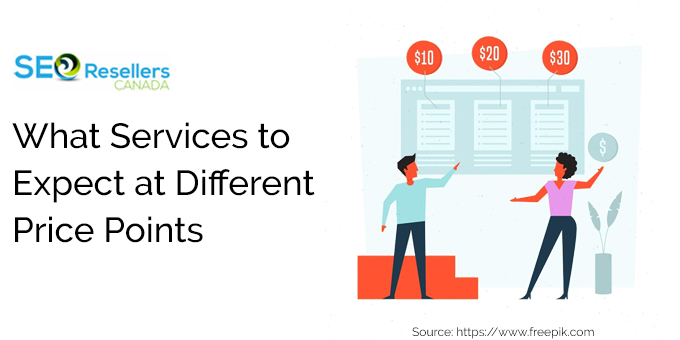
Your level of investment dictates the scope and intensity of services you receive. Being aware of these pricing levels assists you in having realistic expectations:
6.1- Starter Package ($500 or less/month)
With 5-10 hours of work, this package targets a single primary area, like technical fixes, page optimization, or strategic advice. It is ideal for small sites or companies with personnel to execute the suggestions.
6.2- Small Business Package ($501-$1,000/month)
This package delivers 10-20 hours of work, blending strategy with implementation. Core high-impact fundamentals come first, with specialized expert assistance in certain domains, so it’s perfect for companies that want to advance in several areas without overspending.
6.3- Growth Package ($1,001-$2,500/month)
With 20-40 hours of work, the Growth Package covers several SEO elements, such as technical building blocks, content planning, and link building. Each month, efforts are invested in areas that will directly influence outcomes the most.
6.4- Premium Package ($2,501-$5,000/month)
With 40-80 hours of technical work, this package includes customized strategies and leadership in technical, content, and link-building categories. It’s for competitive market businesses or those with a huge SEO problem.
6.5- Enterprise Solution ($5,000+/month)
Offering 80+ hours of professional work, the Enterprise Solution features customized strategies and forecast analysis. It’s for big websites, extremely competitive markets, or companies needing international SEO solutions with cross-functional integration.
7- The SEO Investment Timeline
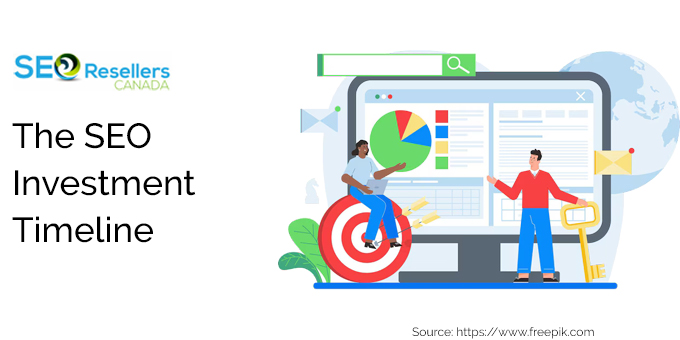
SEO is not a short-term but a long-term strategy. An average timeline has four different phases:
7.1- Starting phase (1-3 months)
Here, one can expect strategy building, auditing, and root-level changes with little visible impact. All the groundwork has to be laid, but seldom shows the results of traffic boosts immediately.
7.2- Development phase (4-12 months)
This is where you’ll notice slow but steady increases in rankings and traffic as authority and content grow. However, the results will usually speed up towards the latter part of this phase as search engines begin to see your site’s enhanced quality.
7.3- ROI Phase (12–24 months)
SEO activities start generating tangible revenue. More traffic, better keyword ranking, and content performance translate to returns that often exceed the amount invested in earlier stages.
7.4- Compounding Phase (24+ months)
Here, gains speed up as your site matures. Rooted authority and increasing content assets fuel steady traffic growth. All in all, this results in better performance with less effort and greater efficiency.
8- How to Assess SEO Proposals
When shopping around for SEO providers, don’t just look at the price. Ask these essential questions to compare the real value of each proposal:
- “What exact deliverables can I expect on a monthly basis?”
- “How do you define success, exactly?”
- “What link-building techniques do you employ?”
- “How will you correct technical problems on my site?”
Don’t accept buzzwords like “improving rankings” – insist on details about which keywords they’ll be targeting and their traffic potential.
Look out for red flags indicating that there may be trouble. Be skeptical of “#1 ranking” guarantees or those that guarantee immediate results in three months. You must feel free to question anything that you may have a doubt about.
The ideal method is comparing 3-5 proposals at least before making a choice. Make a template comparison sheet that includes each provider’s services, deliverables, timeline, and communication approach. This simplifies it considerably to see which one offers the most value – not necessarily the cheapest.
9- Ways to Reduce SEO Costs
If budget is a concern, there are various ways to minimize your SEO costs without compromising on quality:
- Conduct keyword research internally with the aid of tools such as Ubersuggest
- Develop content in-house with the help of expert guidelines
- Handle basic local SEO tasks after an initial training
- Prioritize technical SEO enhancements with the greatest impact
Most companies succeed with a blend of the two. They outsource strategy and technical tasks to experts while taking care of content and basic optimizations in-house. This synergy achieves maximum budget efficiency with the benefit of professional expertise where it is most needed.
Just don’t cut too many corners. Some SEO aspects need professional know-how to work. Plus, doing sophisticated technical tasks with no knowledge can, at times, do more damage than good.
10- Making SEO a Worthwhile Investment
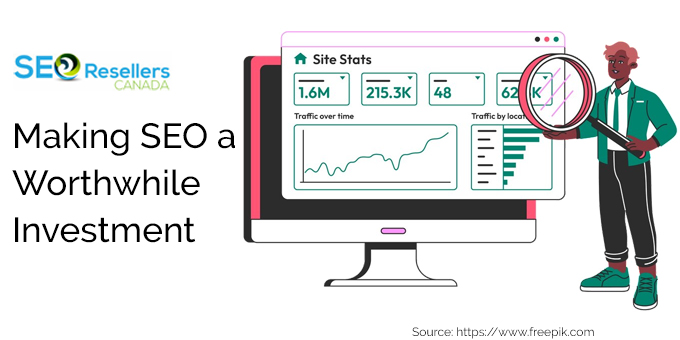
The companies most content with their SEO performance have similar strategies for handling their investment. They invest more upfront but realize more long-term benefits. More investment generally equals more in-depth plans and improved account management.
To get the most out of your SEO investment:
- Establish realistic timelines (6-12 months minimum)
- Prioritize sustainable strategies, not short-term gains
- Act on recommendations in a timely manner
- Monitor both traffic and revenue metrics
- Review and refine strategy quarterly
Keep in mind that SEO accumulates over time. Websites with established authority keep reaping rewards years after the initial investment, just like compound interest in finance. With persistence and regular effort, your SEO can yield returns many times greater than other marketing avenues.
11- Conclusion: Finding Your SEO Sweet Spot
SEO prices range greatly in 2025, and most companies find their sweet spot between $1,000 and $2,500 per month. How much you should pay is based on your niche, objectives, and existing website. The happiest SEO customers realize they’re not merely purchasing improved rankings. They understand SEO as a long-term method of acquiring new clients.
Remember, when executed correctly, SEO provides some of the highest returns in online marketing. Plus, the results continue to improve long after other forms of marketing have leveled off. Therefore, consider both your immediate budget constraints and long-term aspirations when determining your SEO expenses.















